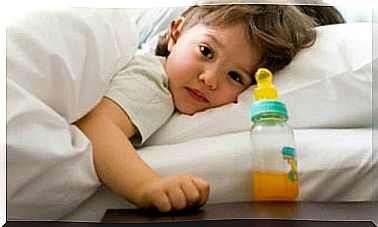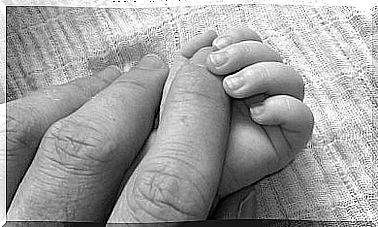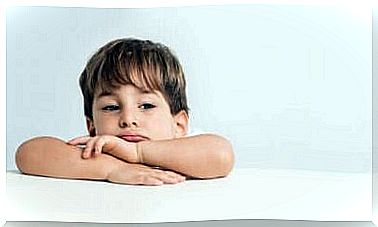4 Activities For A Child With Dyslexia
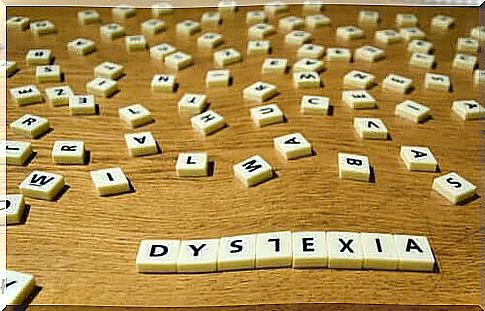
Dyslexia, or a particular difficulty reading, is likely to be a neurological or neurobiological disorder whose symptoms may include, for example, slowness or difficulty in reading and difficulty hearing similar sounds. If a person has a particular difficulty reading and writing, that is, they may also have problems that appear as the letters or their location are mixed up, letters are omitted, extra letters are added, or words are missing. Because dyslexia makes it difficult to interpret symbols, it can also make learning difficult in other areas, such as mathematics, which requires the interpretation of numbers and signs.
How does dyslexia affect a child?
The most obvious consequence of this language disorder is seen in a child’s performance in school. In general, a child with dyslexia does not meet the standards faced by other children of the same age. However, tasks are often modified according to the child’s difficulties. In addition to this, many children with dyslexia can get rid of their disorder by doing certain types of activities in class.
On the other hand, dyslexia also causes problems in a child’s social life. This is because the child begins to lose self-confidence. This limits the child, making it difficult for the child’s relationships with classmates, friends, and teachers. Although dyslexia has nothing to do with a child’s intelligence or cognitive skills, it can nonetheless damage a child’s self-confidence. The child may feel worse than their classmates.

Whatever the situation, it is important that the parents do not allow the child to give up or be discouraged from their activities. Parents should also ensure that the child continues to implement their care plan. Over time, it is possible for a child to overcome this problem and be able to live their lives to the fullest.
4 activities for a child with dyslexia
1. Phonological consciousness
This is one of the best activities for a child with dyslexia. It helps to develop a child’s ability to process language sounds mentally. The portion written in these exercises is completely omitted, and the child focuses only on the phonemes. For example, a child tells you whether a word has a certain sound, separate syllables, or a child can replace one sound with another sound.
2. Search for letters or written words
Magazines or newspapers can be used for this exercise. Ask the child to look for a specific letter or word that often appears in magazines. This exercise will help the child to distinguish words from each other and remember them better. This exercise can be supplemented with other exercises. For example, a child can make an exercise competitive. It is good to let a child win this competition so that his or her self-confidence grows as he or she learns.
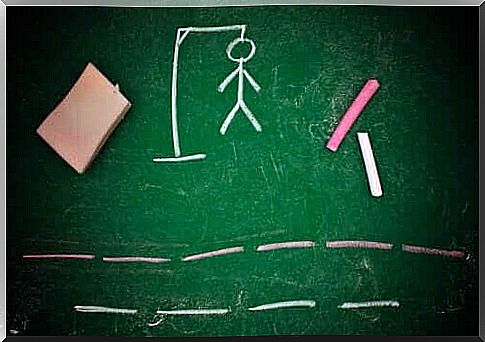
3. Word games
Word games can be played in many different ways. For example, you can write two different words that differ by only one letter. For example, a hat-jacket . Then ask the child to find the difference in both written and pronounced form. You can also ask the child to replace a letter with a word. Even if the word the child forms is not the right word, he or she will still gain a better understanding of how sounds and words are formed.
4. Board games and games found in magazines
A child with dyslexia can also benefit from classic word games such as grids found in leaves, so-called alphabet soup, and log wood. They can help a child improve their recognition of phonemes. Utilizing games is a great idea to support a child’s learning. When playing them, a child may even forget that at the same time he or she is doing various exercises designed to improve his or her language skills.
Significance of expert judgment
The exercises and games presented in this article can be very helpful for a child with dyslexia. However, the best treatment for his or her disorder is from a specialist. In addition to being able to treat dyslexia at home, the child must also practice their skills at school. The child’s teacher can seek advice from a dedicated expert. An interdisciplinary approach is always good. So if you try the exercises and activities presented in our article, you will notice an improvement in your child’s language skills.
